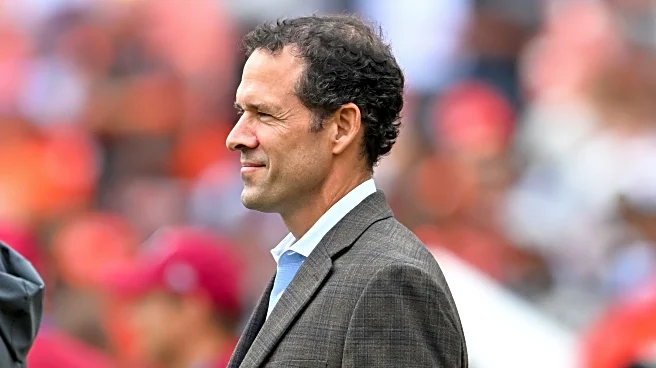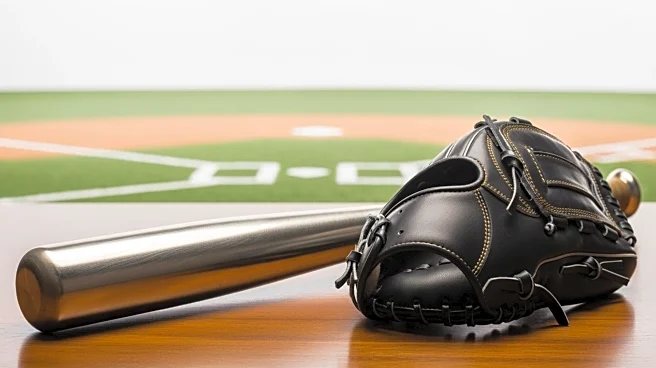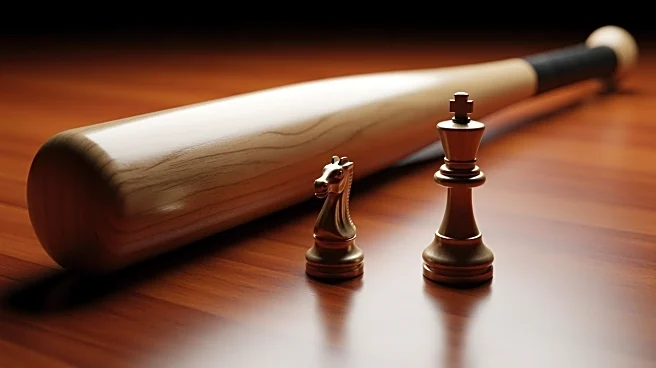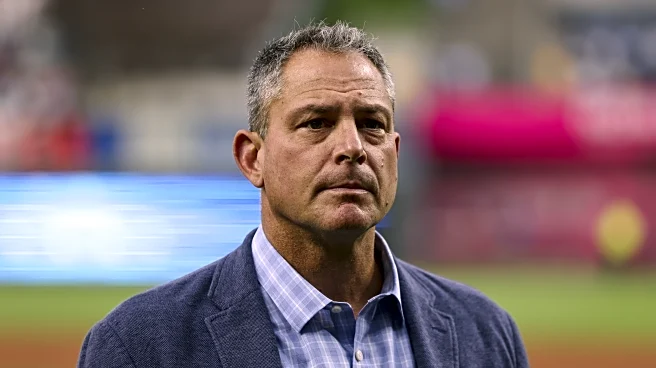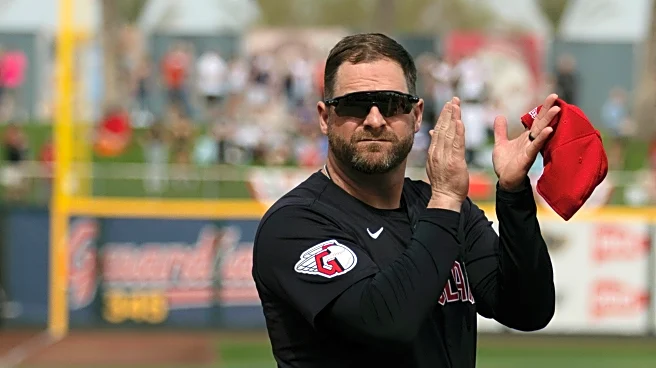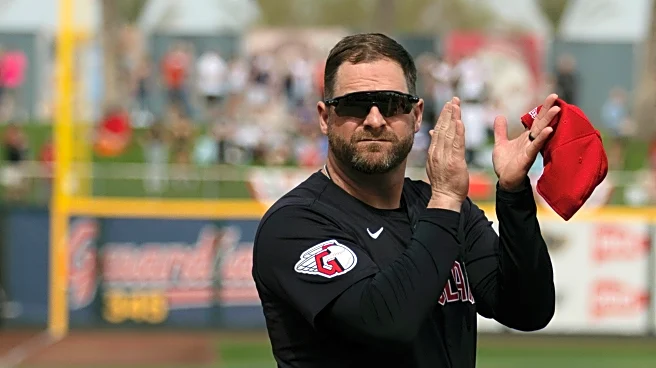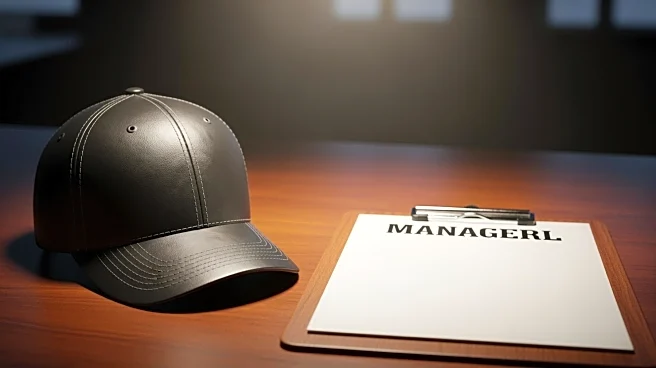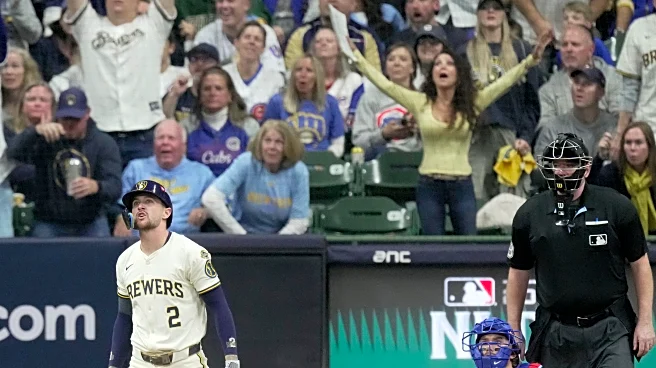Colorado Rockies closer Seth Halvorsen was drafted in the seventh round out of the University of Tennessee back in 2023 and pitched well enough in two months with the Rockies organization to earn two promotions, the second to Double-A. By August 2024, he was in the big leagues.
This snowballed into a good amount of hype for Halvorsen heading into last season. It’s rare that a seventh-round pick needs less than a full season in the minor leagues. Not only was his ascent rapid, but Halvorsen also throws
really, really hard. His fastball averaged 100.0 mph in 2025, good for third fastest in baseball (between Jhoan Duran and Abner Uribe) and tops out at 103.
So Halvorsen took the league by storm this year, right?
Wrong. The flame-throwing right-hander posted a 4.99 ERA and 0.2 WAR — one-third of the WAR he put up in just 12 appearances in 2024.
His two standout traits, per his Baseball Savant page, are his 100th percentile fastball velocity and 91st percentile extension. While his fastball is his standout offering, Halvorsen’s secondary pitches aren’t too shabby, either. Opponents hit just .232 against his split-finger fastball, while his slider has a 35.5% swing-and-miss rate. He’s also proven significantly above-average at inducing both ground balls (52.6%) and swing-and-misses (29.4% of the time).
While his profile is promising, Halvorsen — as shown by his stats this season — still has some room for improvement. Halvorsen walked 4.8 batters per nine innings in 2025. For some context, that’s a significantly higher clip than Jacob Misiorowski (4.2 K/9). 4.8 BB/9 would have ranked 12th highest in baseball among relief pitchers had Halvorsen qualified. Coincidentally, no reliever with a higher BB/9 rate also had an ERA under 3.
Halvorsen had a lot of quality outings this season — his ERA was as high as it was because of occasional blow-up outings. A few of those appearances included walks in key spots. He gave up five runs in an inning against the Boston Red Sox on July 9, including two home runs (to Jarren Duran and Romy Gonzalez). This outing was mostly a result of hard contact, but Halvorsen issued a walk right before the Duran home run that made it a five-run inning. Halvorsen also gave up six runs to the Brewers back in April. In that game, he threw just 12 of 28 pitches in the strike zone while walking three batters — Joey Ortiz and Brice Turang right before a Christian Yelich home run, and William Contreras after the home run.
The other blow-up outings were due to giving up hard contact, almost always as a result of hanging his off-speed pitches. Halvorsen threw Gonzalez a slider that hung just long enough for Gonzalez to punish him. Duran’s home run was about as good of a pitch as you’re going to get in the majors — an 89-mph splitter right down the middle that didn’t split. The one hard-hit ball in that April outing against the Brewers was that 465-foot Yelich home run. Halvorsen threw him a 92-mph splitter right down the middle that didn’t break and Yeli punished it.
This article was originally going to be another “Film Room” explaining why Halvorsen is an ideal Brewers trade target this offseason, but to be honest I couldn’t identify any glaring mechanical inconsistencies in Halvorsen’s film. His delivery looks pretty much the same whether the result is a home run or a strikeout. The difference between his successful at-bats and unsuccessful at-bats is, like many pitchers, whether he hangs his off-speed pitches. Halvorsen actually didn’t give up a single home run this year on his four-seamer, but gave up four when throwing his splitter and three when throwing his slider.
So, what makes him an ideal Brewers trade target? A few things:
- Three of Milwaukee’s best relievers — Trevor Megill, Nick Mears, and Abner Uribe — are two-pitch guys who have simplified their arsenal since joining the Brewers. Megill’s knuckle curve became a valuable pitch after coming to Milwaukee. Mears used to throw a curveball, but has essentially ditched it in favor of his slider (which he commands better). Uribe’s slider and sinker combo has made him one of the best pitchers in the league. Halvorsen’s splitter is great when it’s on, and his slider — as detailed above — produces enough swing-and-misses to suggest its long-term viability. If the Brewers’ “pitching lab” can figure out which one of those pitches can consistently serve as an effective complement to his fastball, he could have a Megill-like breakout.
- Milwaukee is known for improving pitchers’ spin rates, something that might benefit Halvorsen’s fastball and slider.
- Mears, Megill, and Uribe are all lower vertical approach angle (VAA) guys. In other words, they release the ball at a flatter-than-average angle, causing hitters to misjudge the trajectory of the ball and (often) making it harder to square the ball up. Milwaukee has prioritized guys with flat VAAs in recent years — other examples being Logan Henderson, Misiorowski and Freddy Peralta. Halvorsen’s VAA is -4.9 degrees, pretty much exactly the same as Mears (-4.9) and Megill (-5.0).
- Milwaukee’s pitching coaches have also had success with reducing walks among the pitching staff, most recently in the case of Misiorowski. Just because Misiorowski’s mechanical inconsistencies were more apparent to me doesn’t mean that the Brewers couldn’t figure out how to cut down Halvorsen’s walk rate without reducing his velocity.
- It’s somewhat of an oversimplification, but the Coors Field effect means Halvorsen probably wasn’t a 5.00 ERA guy in a neutral ballpark.
In short, Halvorsen could fit in perfectly with what the Brewers are trying to do with their pitching staff. Not only does he throw hard, but he has secondary pitches with potential and fits the profile of previous trade acquisitions (like Megill and Mears) that have blossomed into above-average relievers in a Brewers uniform. Colorado very well might not trade him, but the Rockies are still a few years from serious contention and are currently in the process of replacing pretty much their entire front office. If they do end up deciding to shop Halvorsen, Matt Arnold should get on the phone with new Rockies President of Baseball Operations Paul DePodesta immediately.


